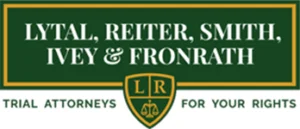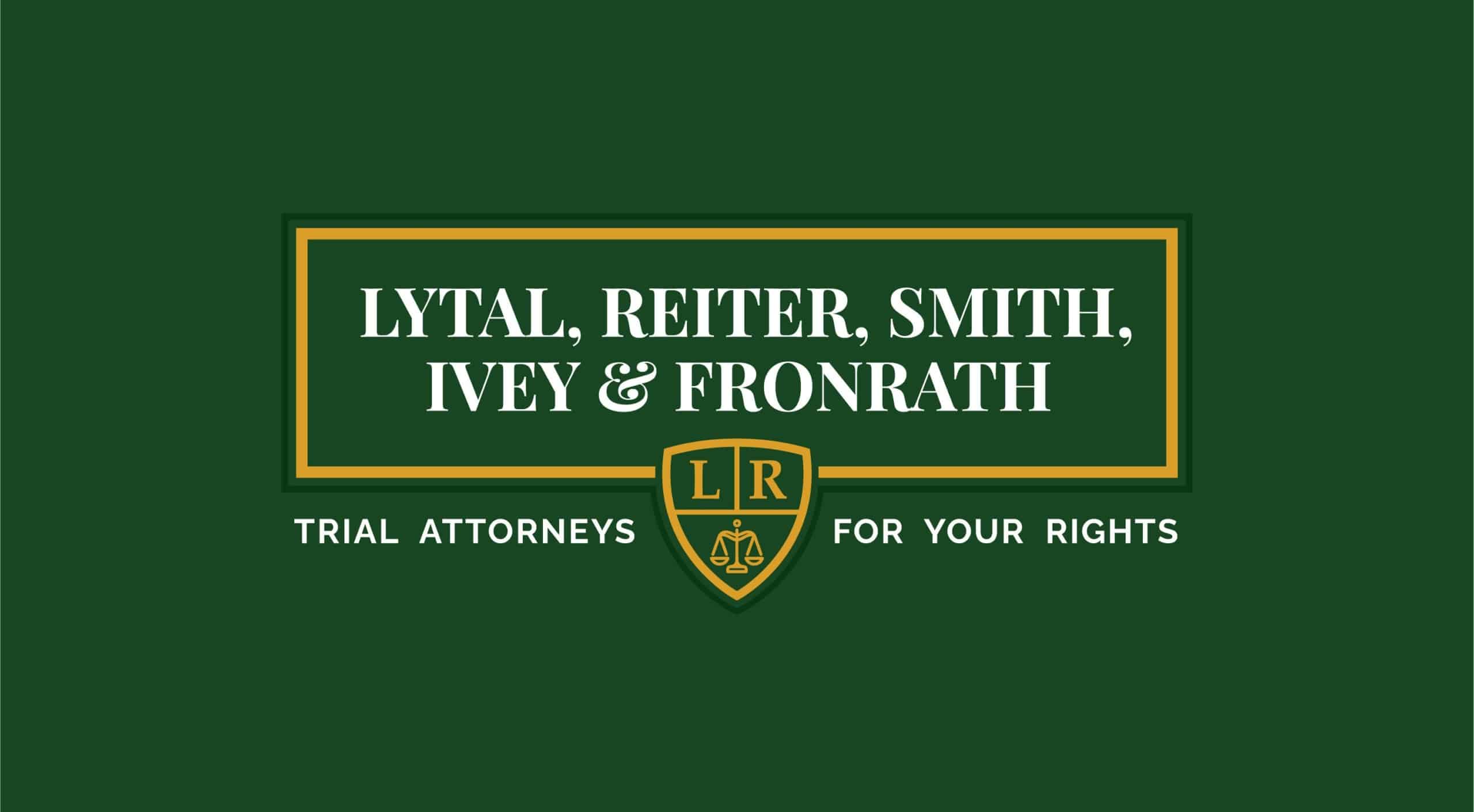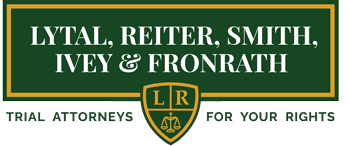Automobile Safety Features
Safety features that provide crash protection have come a long way since airbags and seat belts became standard. While competition and bottom line rather than consumer protection may be the focus of auto manufacturers, these crash protection features have become the distinction to strive for in contemporary cars. Not surprisingly, new technology is already engineering a shift from passive safety options to active accident prevention.
In 2013, backup cameras that allow drivers to see what is behind their vehicle was a point of contention between public focus groups and the U.S. Department of Transportation (DOT). The outcome of that debate and lawsuit against the DOT is a new mandate that require all new cars to have rearview cameras by 2018. This feature is recognized by Kelly Blue Book executive publisher Karl Brauer as “the most essential safety technology since seat belts and roll-over avoiding stability control.”
The good news is that, crash avoidance systems are not just for luxury cars anymore. Although the number of cars with safety features are constantly expanding, not all features are standard. Before purchasing a new vehicle in 2018, it can be beneficial to find out what safety features are standard, optional or even available in the model of your choice.
Some crash protection features include:
-
- Crumple zones that protect drivers and passengers in frontal, rear and offset crashes by absorbing crash impact. Stronger occupant compartments help to maintain the shape of the cabin by preventing the steering, column, dashboard, roof pillars, pedals and floor panels from being pushed in which is a major cause of injuries to drivers and passengers.
- Doors are reinforced with side intrusion beams, internal padding and other features for side impact protection. New designs also allow doors to remain closed during a crash so that they can be opened quickly when necessary to facilitate faster rescue activities.
- Reinforced roof pillars provide greater protection in rollover crashes.
- Side curtain airbags prevent ejection from the vehicle and minimize head injuries.
- Three-point lap/sash seat belts designed with pretensioners, load limits that manage forces applied to the body in a crash, webbing clamps that stop reeling out, and warning systems that remind travelers to fasten seat belt provide greater protection than two-point seat belts.
- Head rests that are at eye level or higher help to prevent whiplash in rear impact crashes. These are now considered an important safety feature for drivers and passengers alike.
- Automatic Braking and Forward Collision Warning (FCW) systems monitor the vehicle’s speed, the speed of the vehicle in front of you and the distance between vehicles. The FCW system is designed to warn a driver that a crash is imminent when approaching another vehicle too fast. When paired with automatic emergency braking (AEB), FCW systems can automatically apply the brakes if the driver fails to do so in order to prevent a crash.
- Lane Departure Warning (LDW) provides an audio, visual and in some cars a seat vibrational caveat if the car starts drifting out of the lane without the turn signal notification. In some vehicles LWD systems are paired with the Lane Departure Assist system that will steer the car back in line.
- Adaptive cruise control helps to minimize drowsy driving accidents through laser or radar signals that maintain a preset distance from the vehicle in front of the driver. By incorporating automatic steering into the cruise control mechanism some manufacturers leverage Lane Departure Warning cameras to detect lane markings. This semi auto-steering technology keep the car in its lane but still requires that drivers maintain hand contact with the steering wheel to prevent it from deactivating.
If you or a loved one has been injured in an accident in a vehicle with safety technology, you may be entitled to compensation for damages. Call for a free consultation today at (561) 655-1990 or visit our website.
Product Liability Attorney in West Palm Beach
About Lytal, Reiter, Smith, Ivey & Fronrath.
Conveniently located in West Palm Beach for 27 years, Lytal, Reiter, Smith, Ivey & Fronrath, LLP concentrates in Personal Injury, Wrongful death, Medical Malpractice, Product Liability and Auto Accidents. At Lytal, Reiter, Smith, Ivey & Fronrath, we specialize in helping victims and their families get fair compensation for injuries caused by the negligence or recklessness of others. Our main areas of practice include personal injury, wrongful death, auto accidents, product liability, medical malpractice, and premise liability. We provide each client with the highest quality representation from a top Florida accident and injury lawyer.
Sources:
- http://howsafeisyourcar.com.au/Safety-Features/Safety-Features-List/Head-Restraints-All/
- http://www.cnn.com/2013/04/11/politics/backover-accidents/index.html
Lytal, Reiter, Smith, Ivey & Fronrath
515 N Flagler Dr, 10th Floor
West Palm Beach
Florida, FL 33401
(561) 655-1990
www.foryourrights.com
© Copyright 2018. All Rights Reserved.




